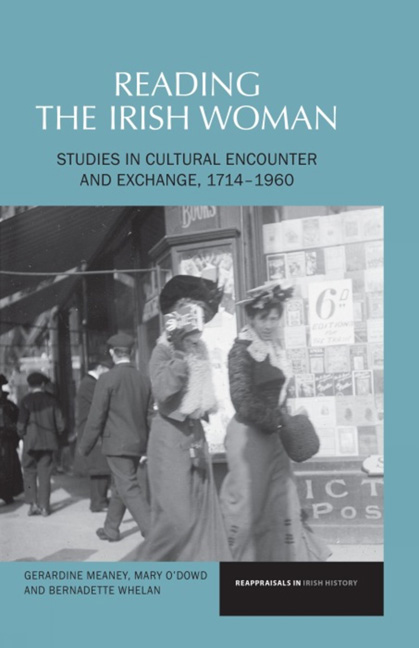6 - Sexual and Aesthetic Dissidences: Women and the Gate Theatre, 1929–60
from Modernism
Summary
Introduction
The previous chapter argued that the concept of vernacular modernism provided a useful framework within which to examine Irish women's cultural practices in the first half of the twentieth century. This chapter elaborates on this suggestion through a focus on theatre and particularly the Gate Theatre in Dublin. The modernist agenda of the Gate Theatre provided women playwrights with considerable opportunity for experiment. More generally the Gate Theatre was a forum where new and often radical ideas about modern women were presented to a public audience untroubled for the most part by the vigilance of the censor's supervision. The aim of this chapter is to examine women's engagement as producers of plays performed by the Gate Theatre and the representation of women in non-Irish authored productions. While film and fiction were censored and policed to an extraordinary degree in the Irish state between the 1930s and 1950s, no official censorship of plays staged in Dublin was established after 1922. Nevertheless, Joan Fitzpatrick Dean's Riot and Great Anger: Stage Censorship in Twentieth-Century Ireland has identified a high level of unofficial censorship in operation in the period. Vigilance was exercised by audiences and moral panics were occasionally stirred up by the newspapers or religious groups, but theatrical programming was nonetheless capable of circumventing some of the restrictions operating in other media.
The Gate Theatre, established in 1929 by hilton Edwards and Micheál MacLiammóir in Dublin, showcased international, experimental theatre and staged new Irish plays, but it remained financially viable by combining this with reviving classics and staging popular genre theatre. The viability of the theatre was not initially assured and in 1931, after two years in operation, a financial rescue by Lord Longford created a relationship which lasted five years until disagreements resulted in a complex arrangement by which Longford productions and the MacLiammóir-Edwards Gate Theatre company each occupied the Gate Theatre stage for six months and toured for six months. This compulsory touring meant that the programmes of the two companies had an impact beyond the metropolitan theatre audience. Moreover, it shows both a consistent audience for drama written by women and, by implication from the programming, the importance of women theatre-goers to the theatre's survival.
- Type
- Chapter
- Information
- Reading the Irish WomanStudies in Cultural Encounters and Exchange, 1714–1960, pp. 196 - 217Publisher: Liverpool University PressPrint publication year: 2013



